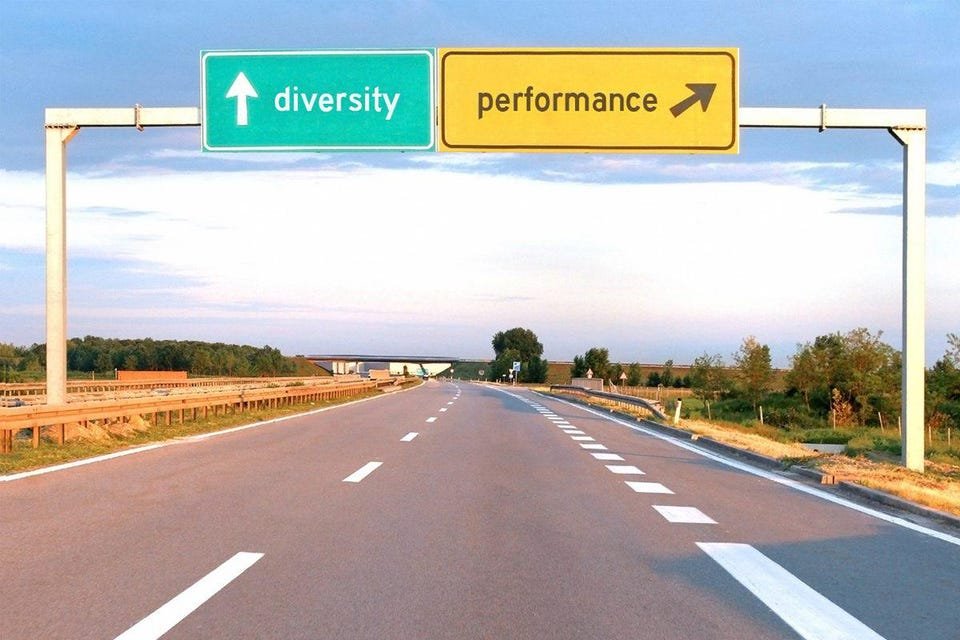How To Effectively Manage Your Diverse Team
We’re obsessed with creating diverse workforces, but when it comes to managing that diversity, most of us fall short of the mark. A diverse team might be great on paper, people from all walks of life coming together to share new ideas. But in reality, if not managed well, diversity may lead to a productivity disaster.
So, the notion that increased diversity’s automatically result in higher performance is a myth. In fact, if it’s not managed correctly, diversity is more likely to cause problems, including employee dissatisfaction, a lack of innovation and reduced performance.
It doesn’t help that the media sometimes portrays diversity in an overly positive light. We often hear about the outstanding benefits that organisations harvest when increasing their gender or ethnic diversity. Whilst this helps to paint an optimistic picture of diversity in the workplace, it has very little to do with what we find reported to scientific literature where diversity sometimes actually only offers minor benefits and can even pose a serious threat to organisations.
My research, based on a review of 20 years of academic work on diversity management, suggests that when looking at the effects of diversity, we should make a clear distinction between the two types of outcomes. My studies clearly show that there is a vital difference between diversity for the sake of equality and diversity for the sake of performance.
This means that if the organisation’s goal is greater equality, then hiring a diverse workforce may help solve the problem. But, if the goal is improved performance or greater innovation, then in many cases diversity comes with a whole new set of problems that have to be solved.
Diversity allows people from a greater range of different backgrounds to join teams and organisations, which theoretically sounds great. However, managers and organisations make the mistake of believing that more equality automatically translates into better performance.
The issue is that the majority of diversity policies focus on how organisations can become more diverse rather than on how to manage that diversity, which requires a whole different set of processes and actions. Specifically, managers who want that diversity to work have to solve three major problems.
The first problem is that people who are different from each other often perceive, experience and understand their work very differently, which makes it harder for diverse teams to work effectively together. This means that members of diverse teams may have more troubles agreeing on quite simple ideas, like how to interpret data.
A second problem has to do with team cohesion. Cohesion emerges when a team remains united while working to achieve a common goal. Being a cohesive team means that not only are group goals met but team members feel that they have contributed to the overall success of the group. In teams where diversity is high, we found that cohesion tends to be low, which means that they don’t necessarily trust each other and more likely to have conflicts. Which as you probably know is pretty disastrous for productivity.
A lack of cohesion leads to the final and gravest problem. When organisations focus on increasing diversity rather than on managing existing diversity, diverse teams are often found to collaborate less effectively and are reluctant to exchange and share ideas. This is crucial, as theoretically the only reason that diverse teams should outperform non-diverse teams is because they have a greater range of views, experiences and opinions. Anything that stops information sharing, in essence sabotages the benefits of that diversity.
So, what can a manager or organisation do to solve these three problems?
Firstly, you need to encourage team identification. High team identification is when members identify themselves as part of a group and feel proud to be a part of it, employees feel that they are not working against each other, but for the same team, the same future, goals and vision. My research has found that whether you see diversity as a positive or negative depends on how you identify with the team as a whole. The higher the collective team identification, the more likely team members feel positively about diversity and are therefore more collaborative and successful.
But to do this, managers need to make sure that people are not merely members of different social categories such as gender or race, but to emphasise the distinctiveness of each individual. It is not enough to just aim for diversity or ‘equal representation’. Instead, managers need to think about how people feel about their differences.
I guess the paradox is that the practices which have helped increase diversity and satisfy the need for greater equality, are the same ones that hinder organisations from reaping the benefits of all that diversity. However, if you follow these relatively simple steps you can really make a difference to your employees’ lives and shape the effect of diversity for the greater good.


